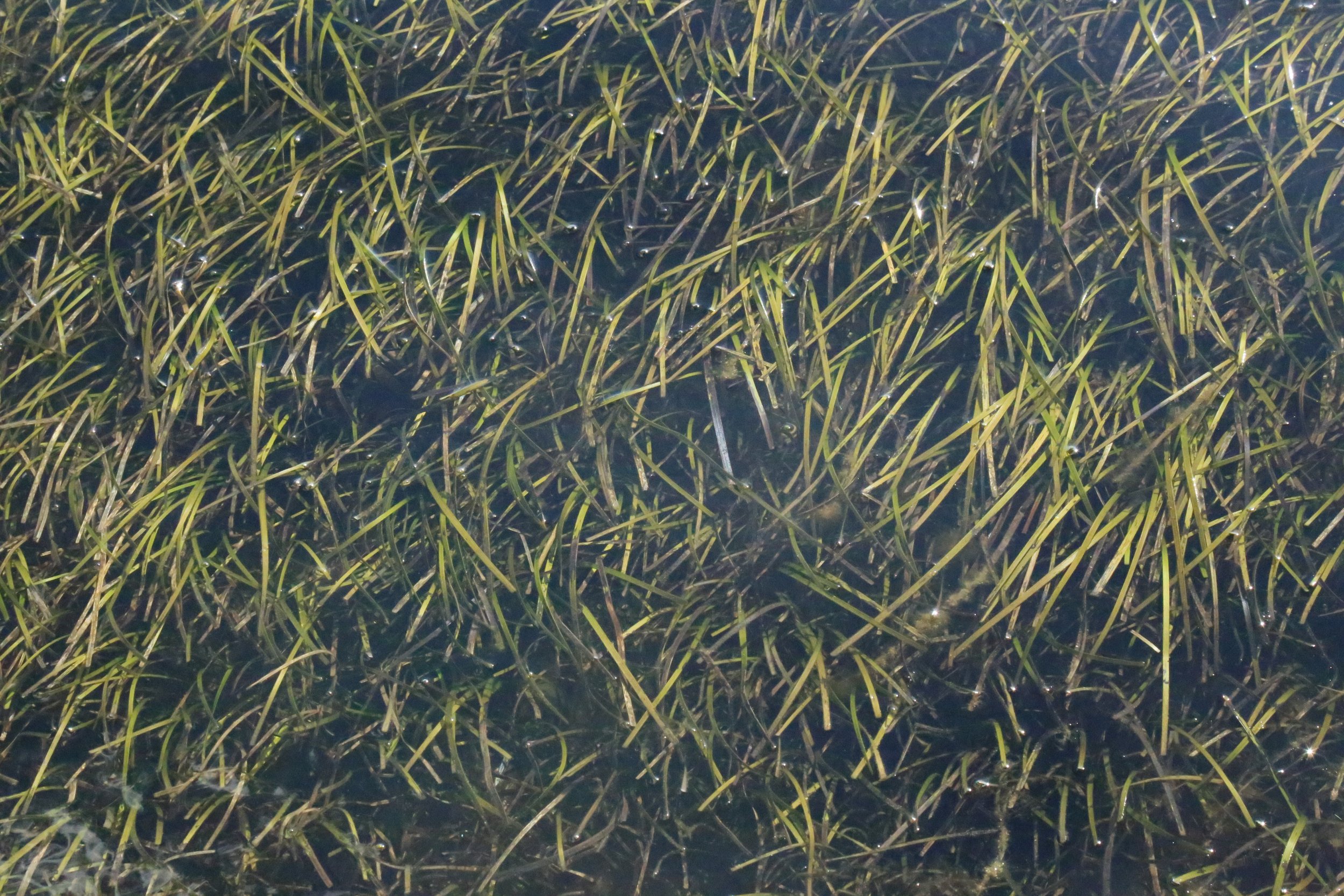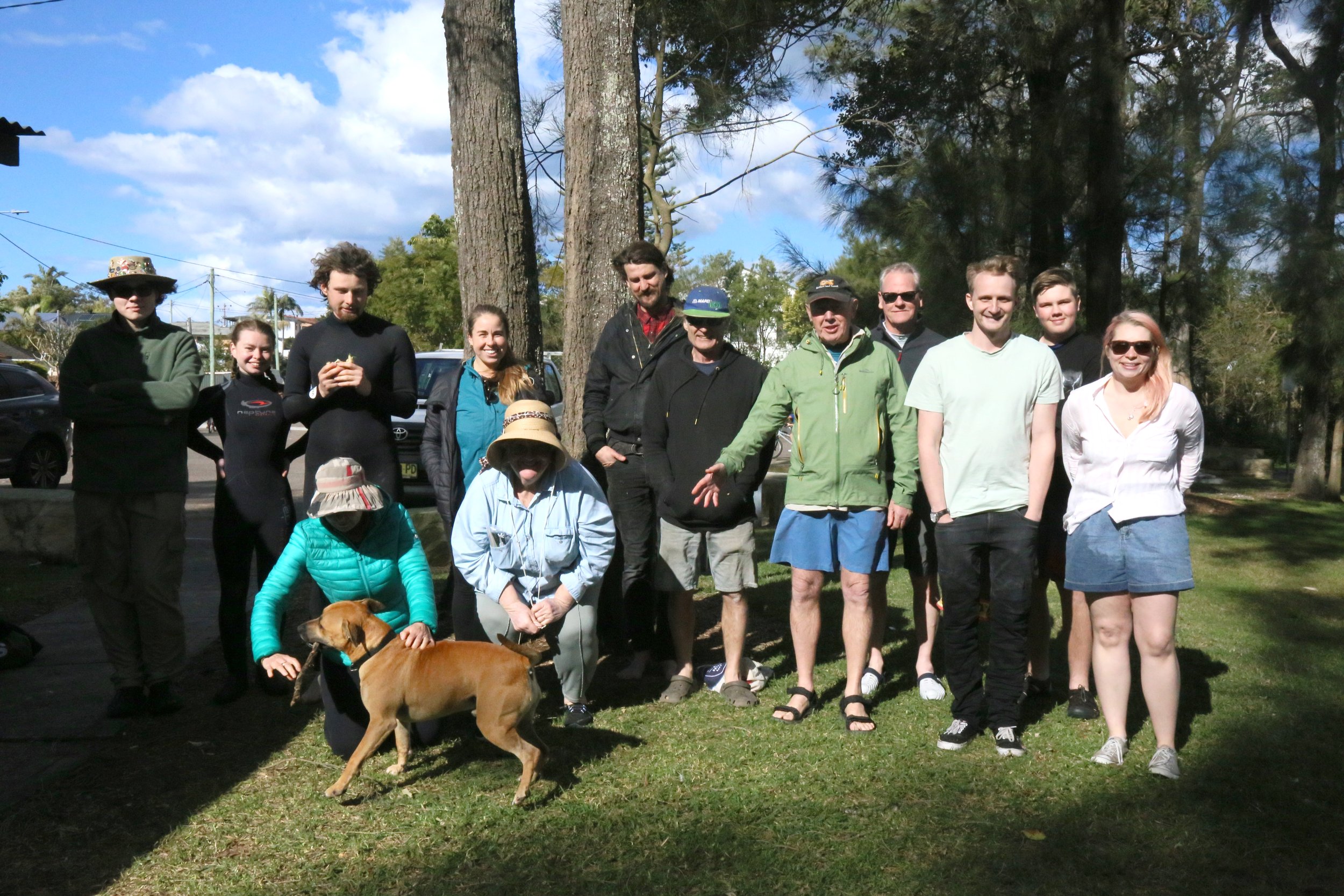
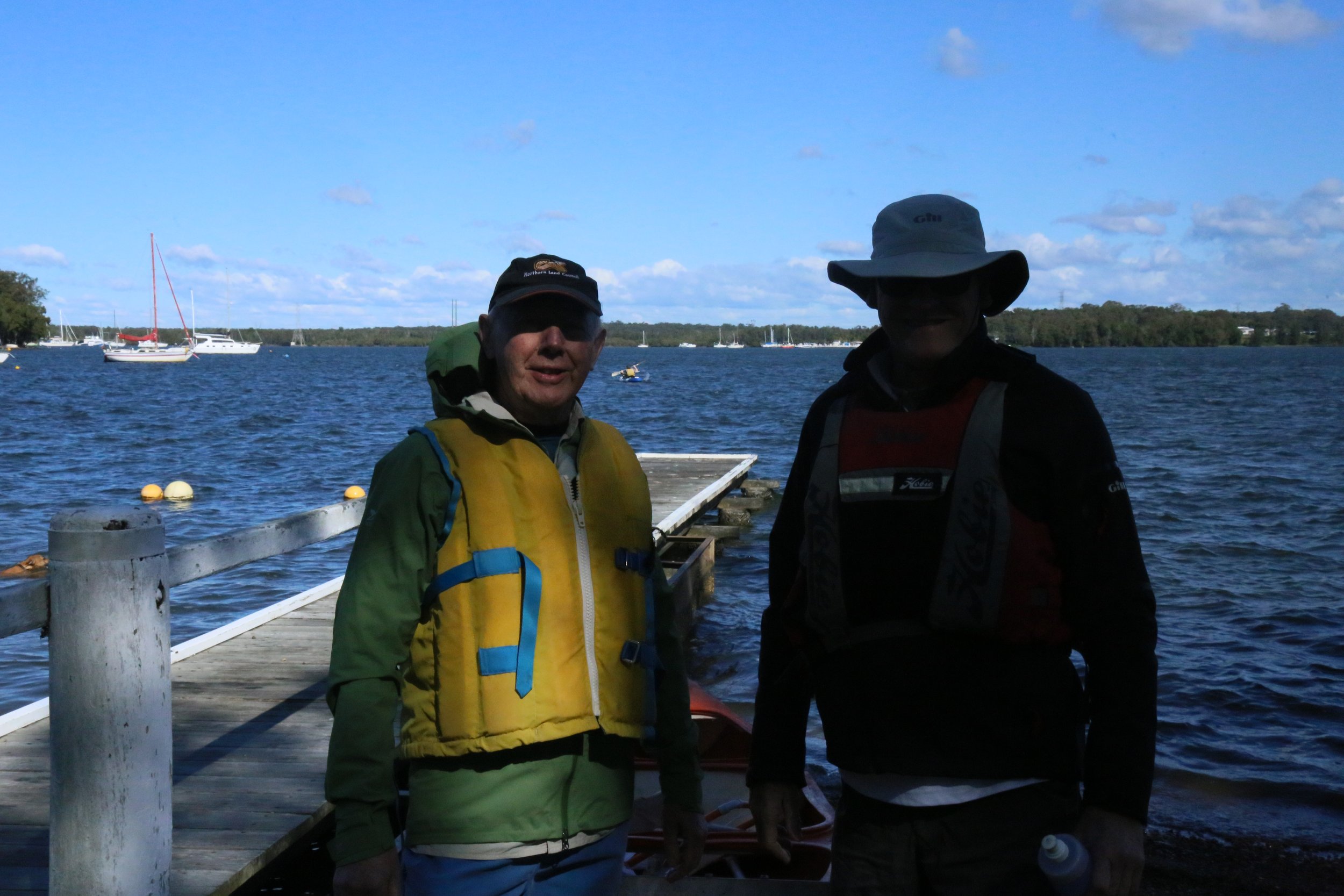
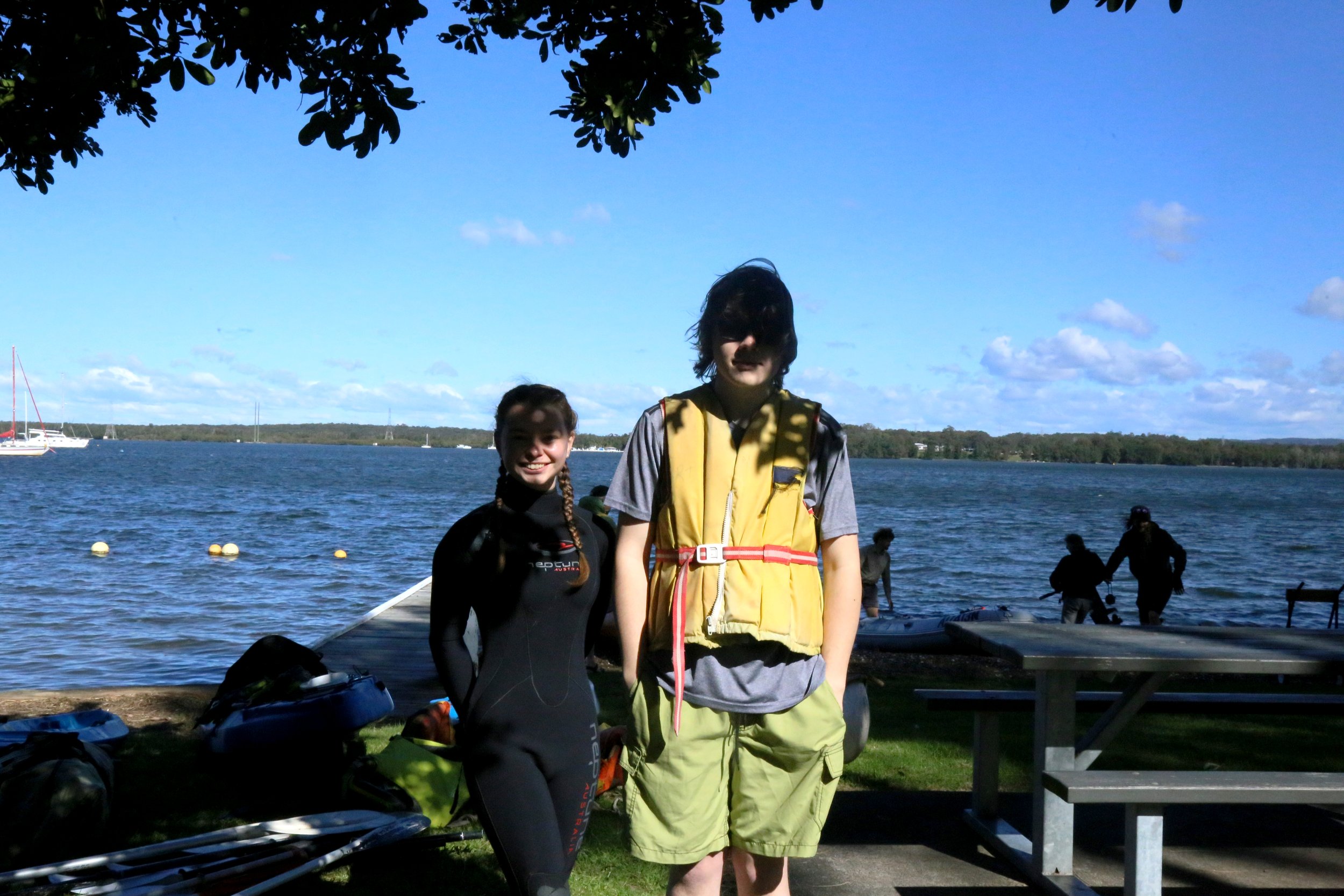
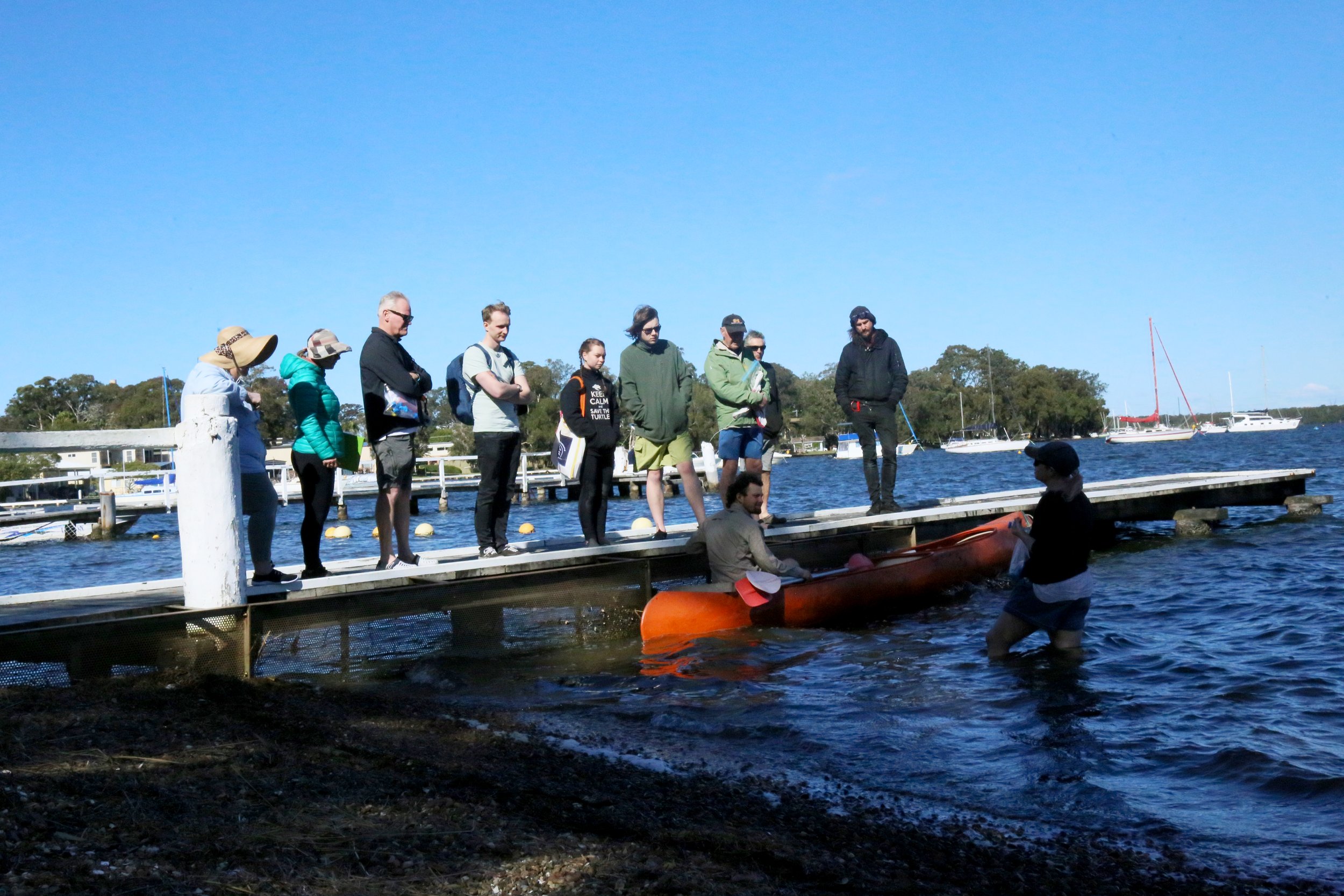
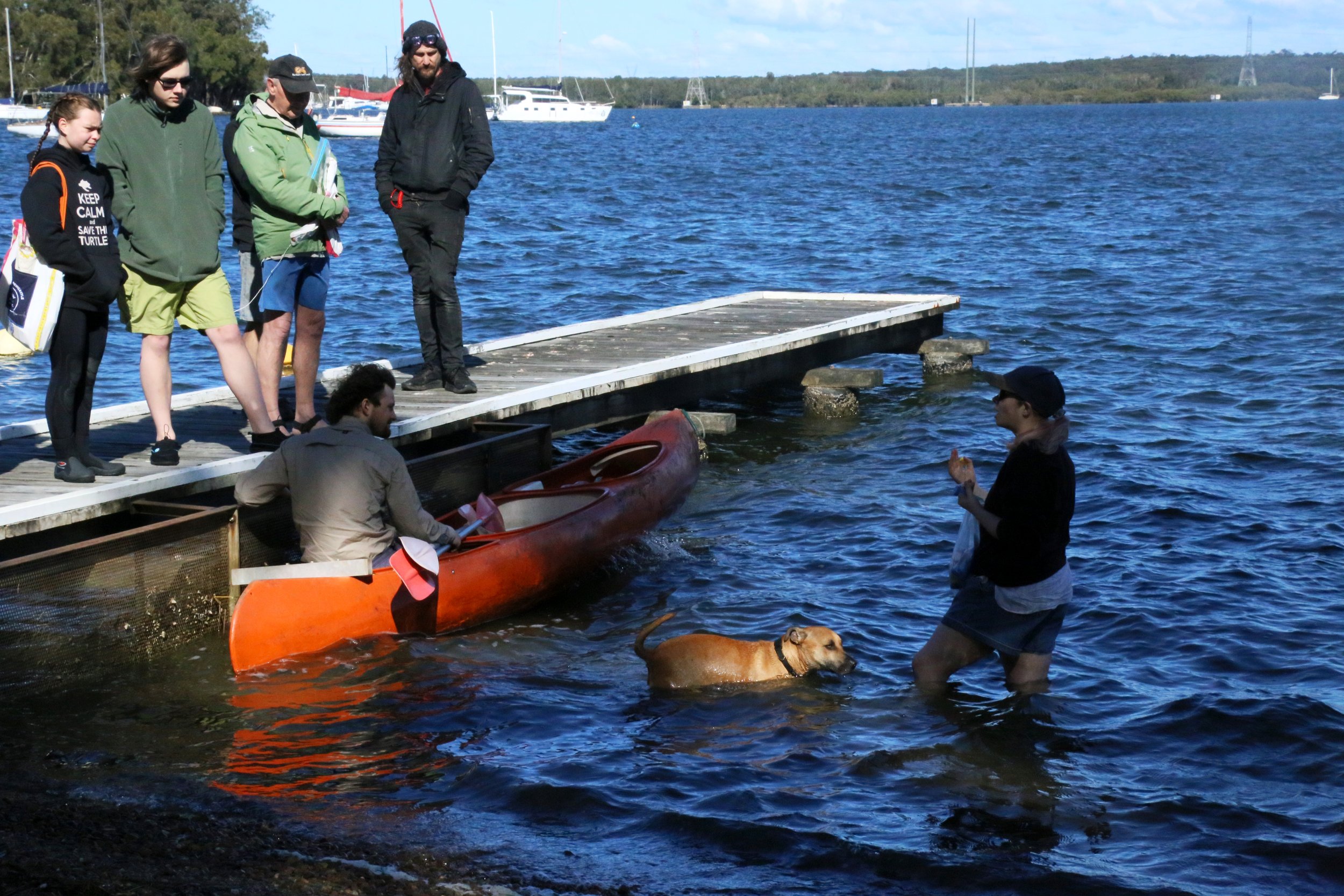
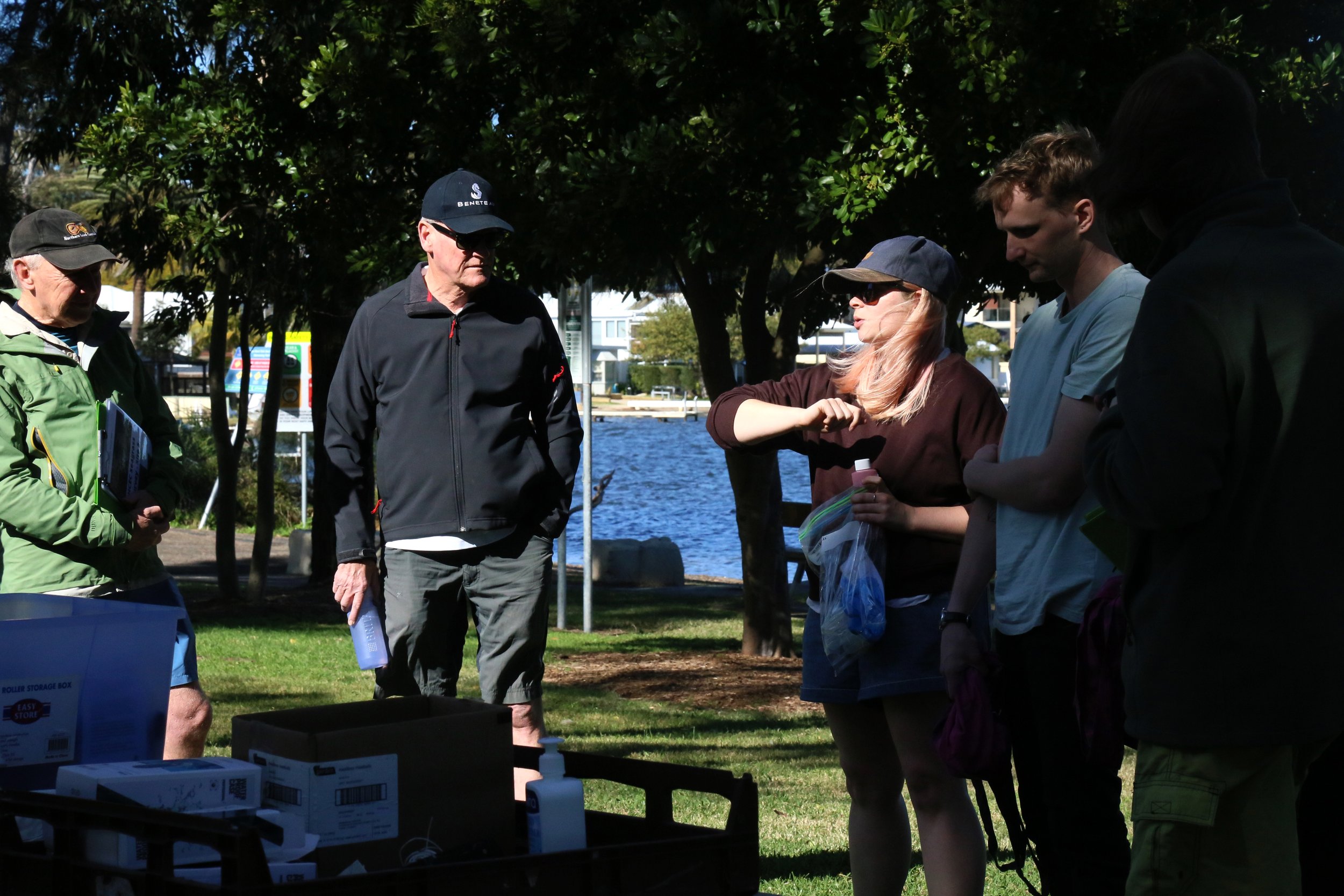
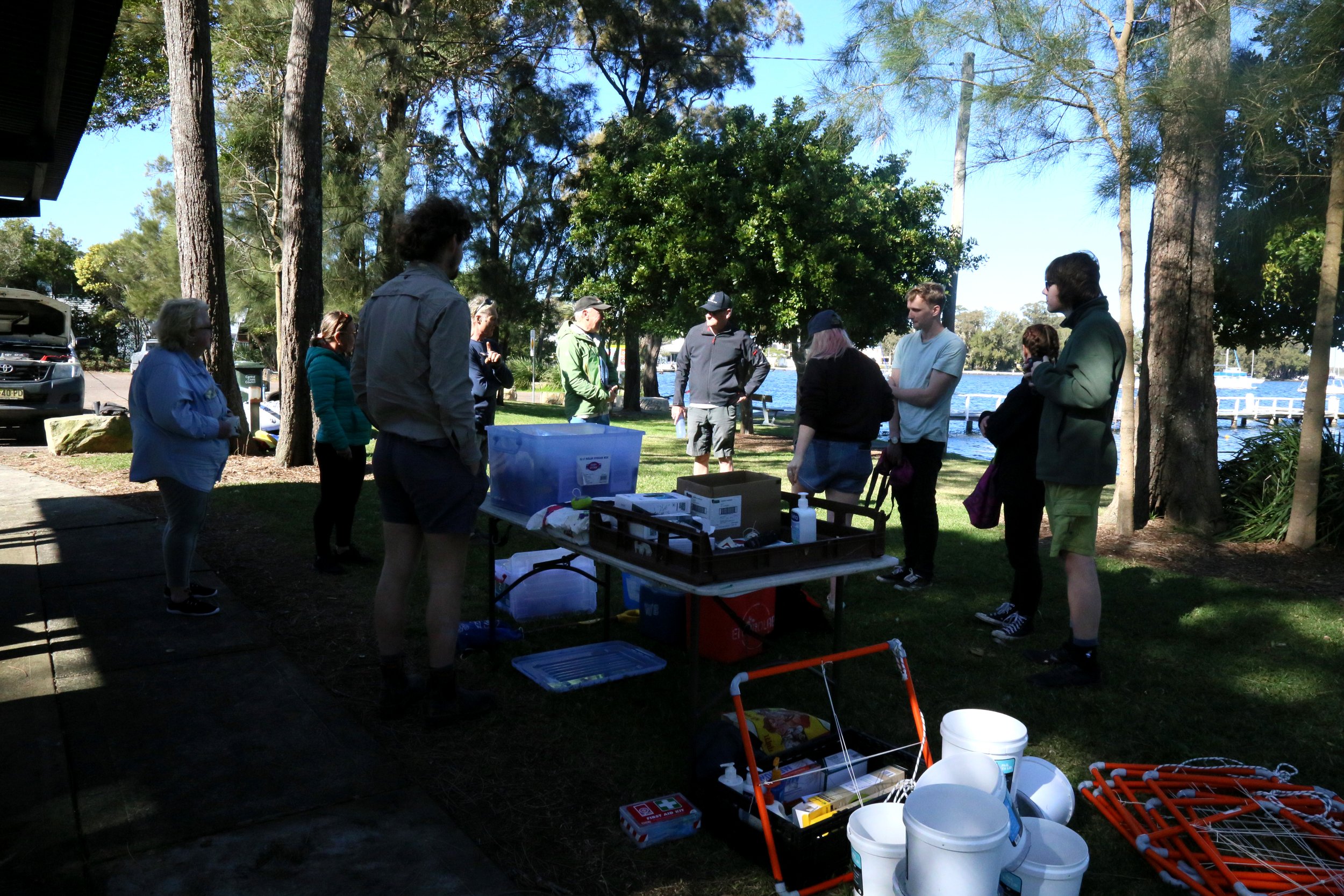
Citizen Science Day #3: Seagrass survey, 2022
We warmly invite keen citizen scientists and local community members to join us for a day spent kayaking in Wyee Bay to survey seagrass!
The impacts of thermal pollution on the distribution and abundance of two seagrasses species, Zostera and Halophila in Wyee Bay will be the focus of our third annual Citizen Science Day.
Saturday August 6th will mark the inaugural survey of a seasonal seagrass monitoring project in both Wyee and Myuna Bays, aimed at expanding our understanding of the impacts of thermal pollution caused by Lake Macquarie’s two power stations, Vales Point and Eraring.
Background: why seagrass?
Seagrass plays an incredible role globally, and locally for the Lake Macquarie estuary.
As well as being highly efficient and stable carbon-store and shoreline stabilizer, seagrass beds provide Lake Macquarie’s diverse fish and marine species with breeding and feeding grounds.
In Lake Macquarie, there are four types of seagrass; Zostera, Halophila, Posidonia and Ruppia.
The effects of thermal pollution on both seagrasses and fish have been well-documented in scientific literature, and the impacts in Wyee and Myuna Bays, from the Vales Point and Eraring power stations are monitored and reported by the power station operators.
Southern Lake Macquarie’s seagrass beds have suffered due to thermal discharges by Vales Point and Eraring coal-fired power stations, with an estimated 50ha of seagrass lost from Wyee Bay, and about 15ha from Myuna Bay. However, historical loses could be much greater.
With the Eraring power station set to retire in just 3 years time in 2025, the environment centre is focused on ensuring the best possible restoration and rehabilitation outcomes for the Lake Macquarie estuary.
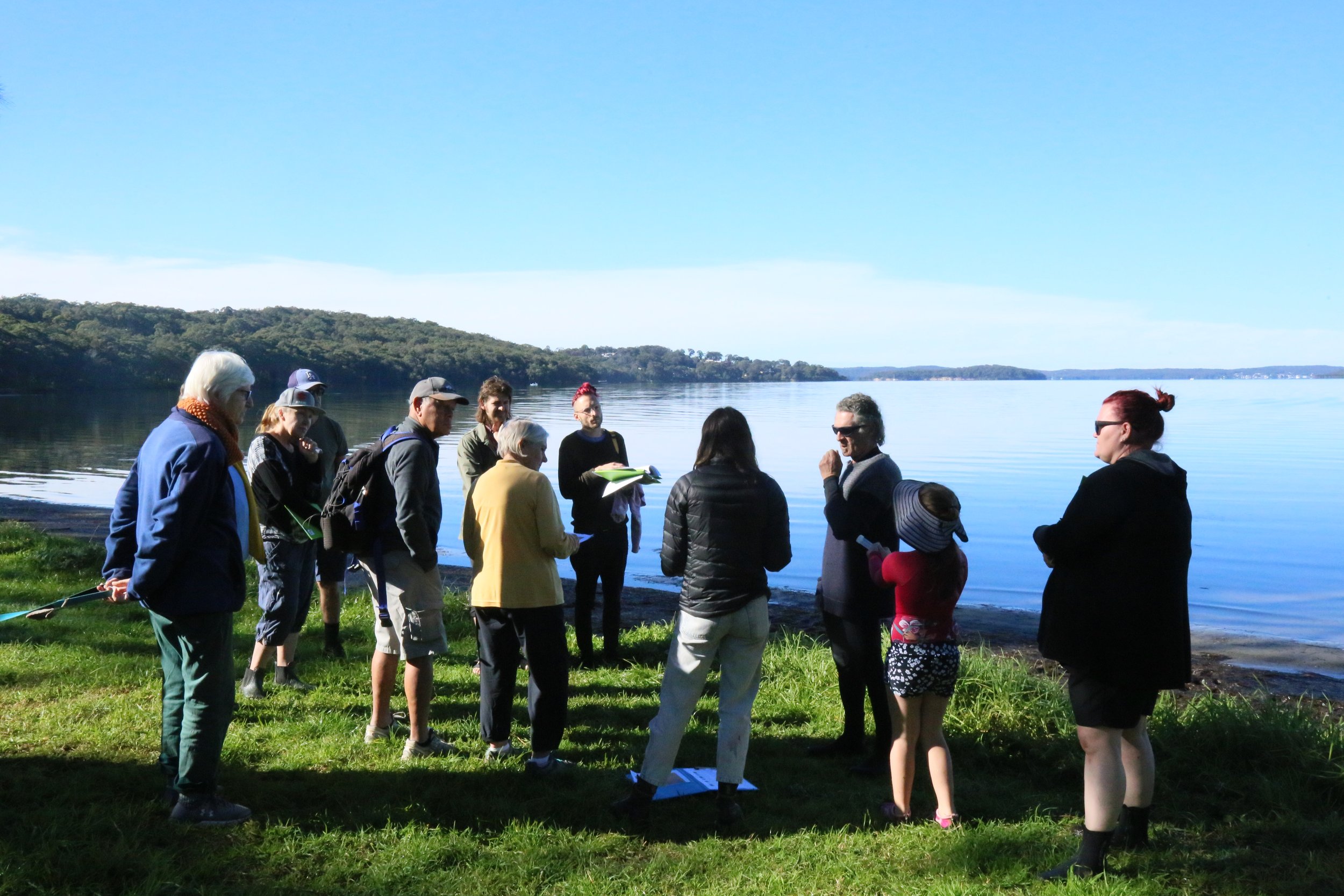
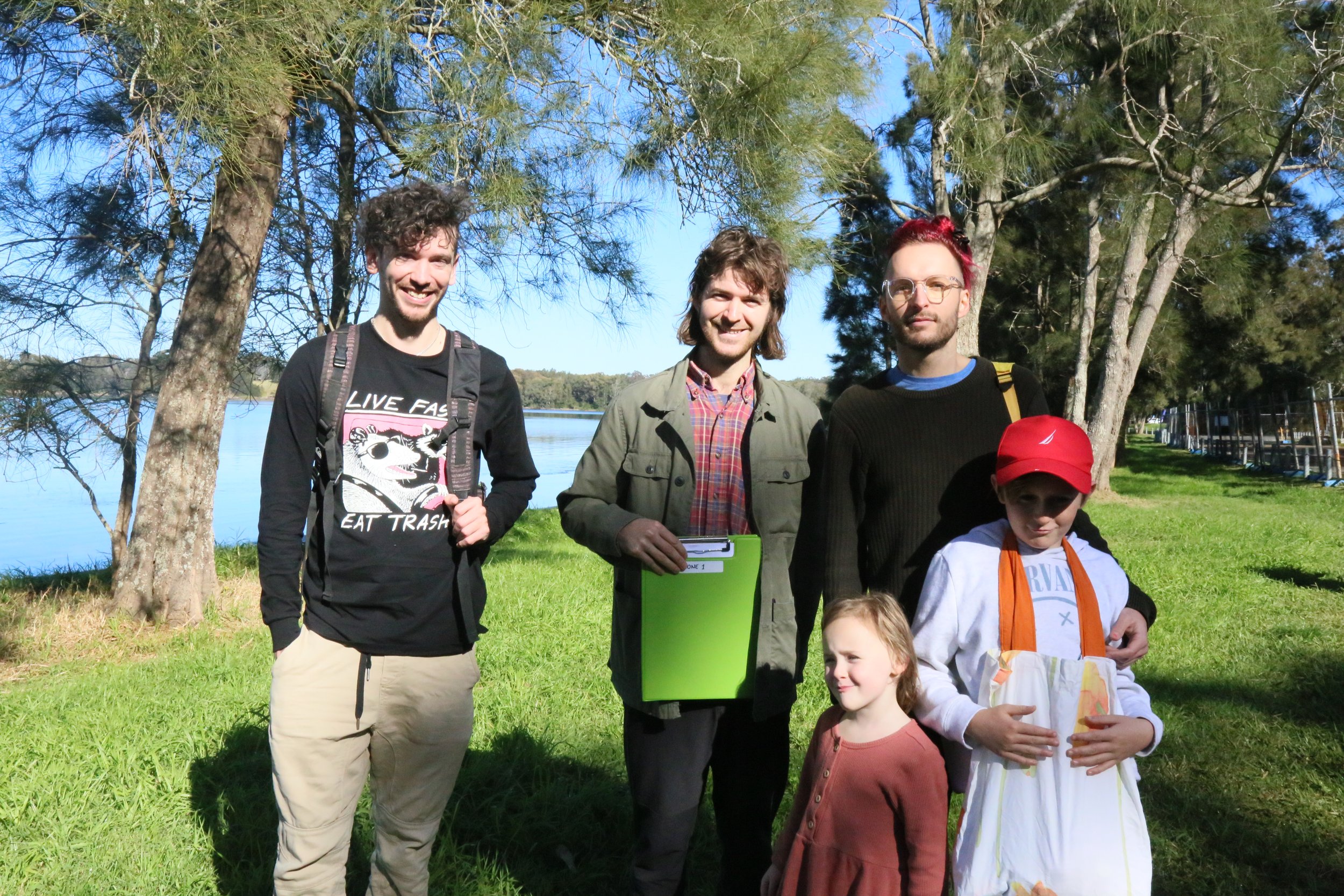
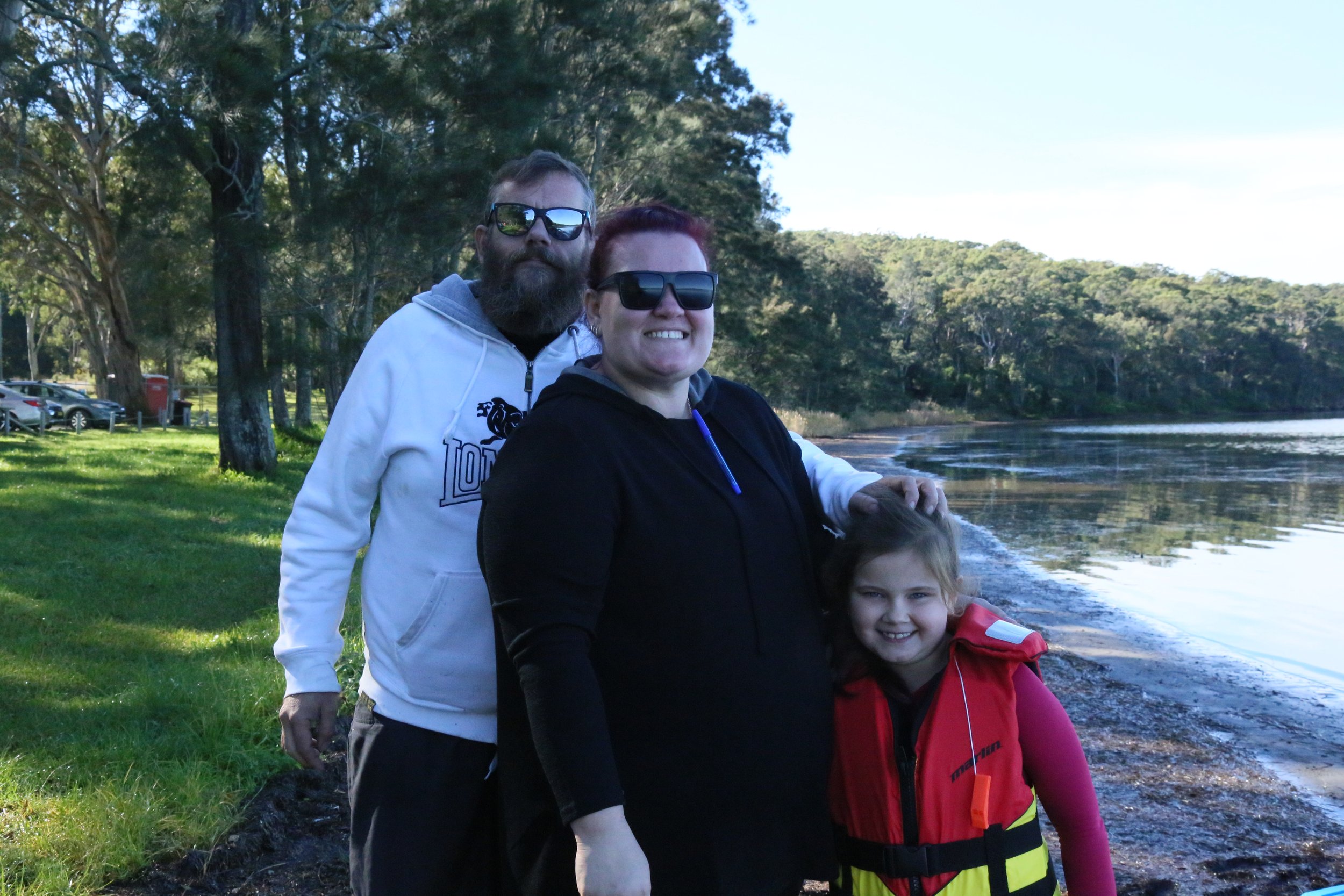
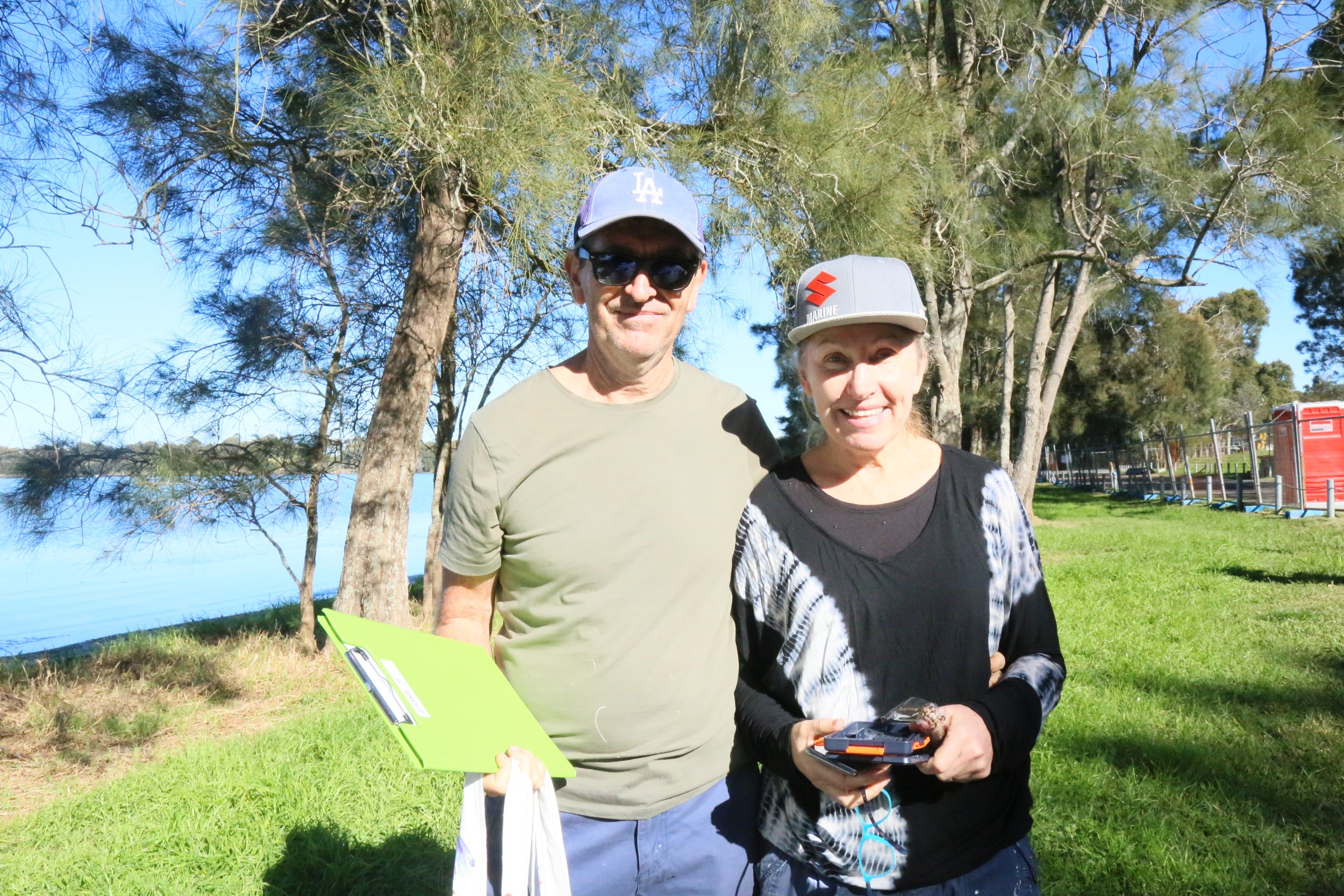
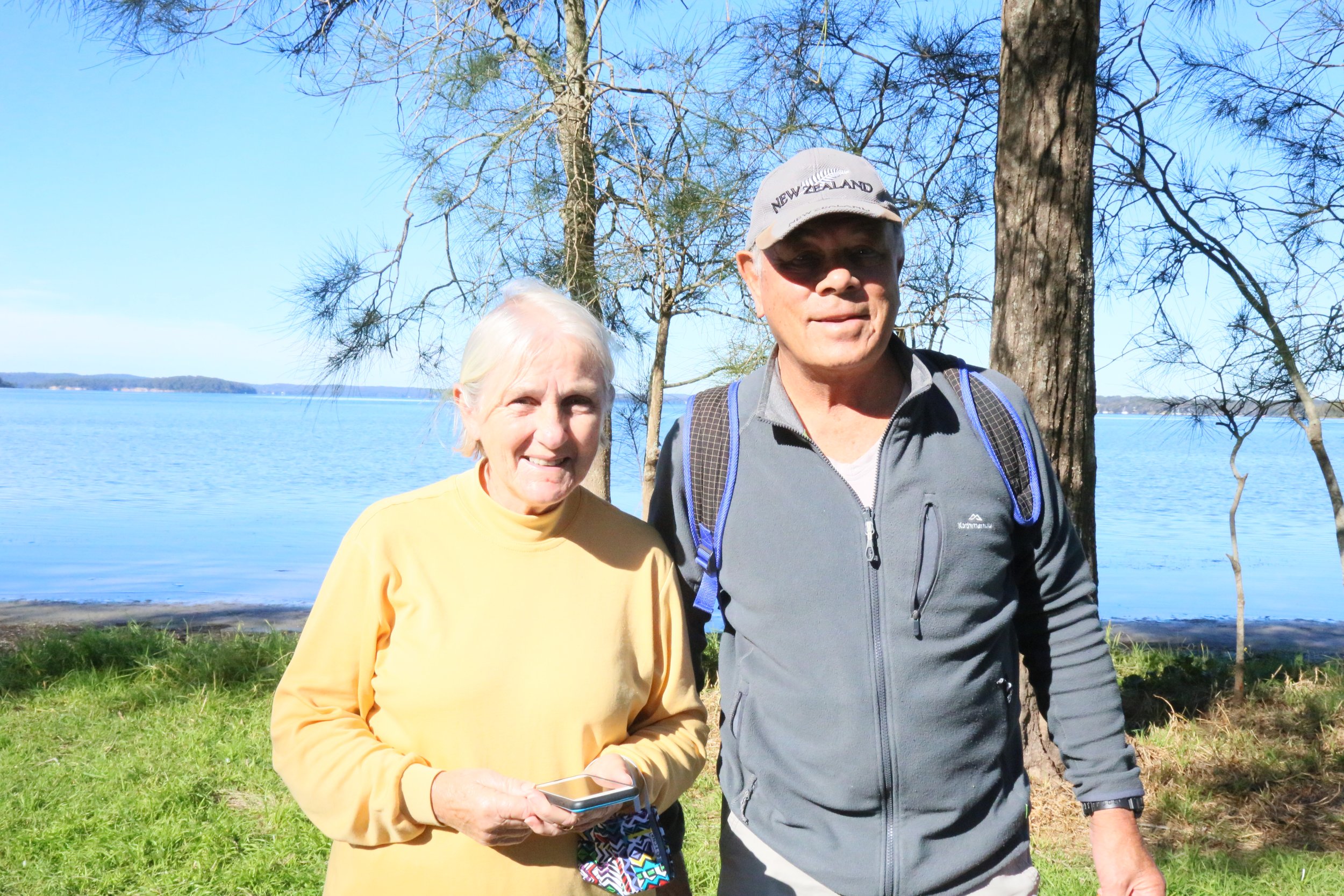
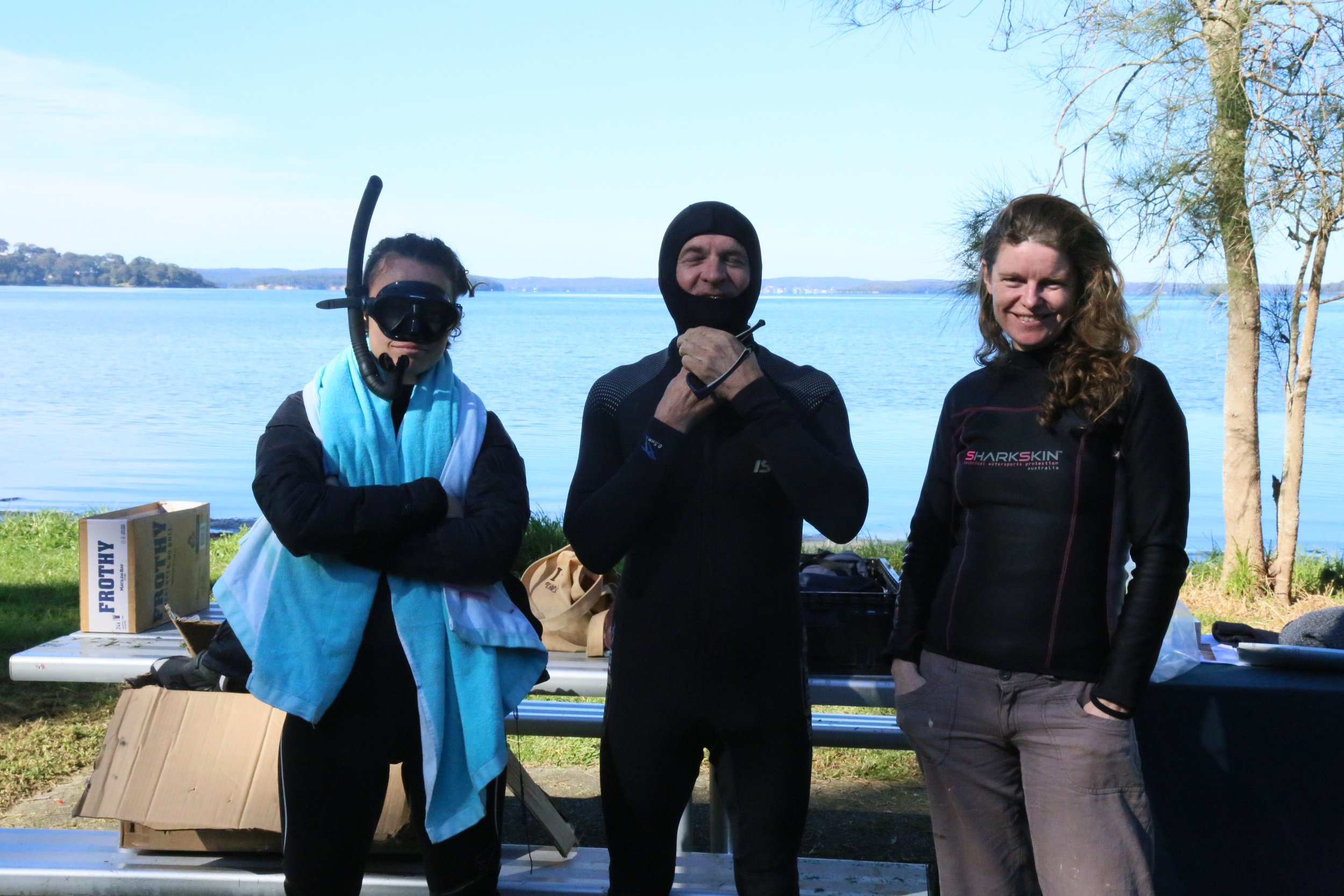
Some things to know about the survey
You do not need any scientific qualifications or even experience to take part in this event. HCEC will provide a detailed briefing and demonstration, and all participants will be fully resourced to collect data on water temperature, depth, turbidity and of course, seagrass extent
We’ll be using quadrats to estimate seagrass cover in Wyee Bay. Learn more about quadrats here - a simple device and a complex equation, used to measure a small area and infer representative samples of a larger area.
We encourage you to BYO kayak, but will have a limited number available for participants to use on the day.
Newcastle University researcher, Caitlin Romanis will be joining us on the day, and we'll be assisting with data collection for her research project into cyanobacteria.
Researcher Margaret Platell, who has generously offered her guidance on the survey design and her current PhD student will also join us
P.S. We know it’s Winter, the water in Wyee Bay will be warm due to the thermal discharge from Vales Point, but do bring warm clothes!
